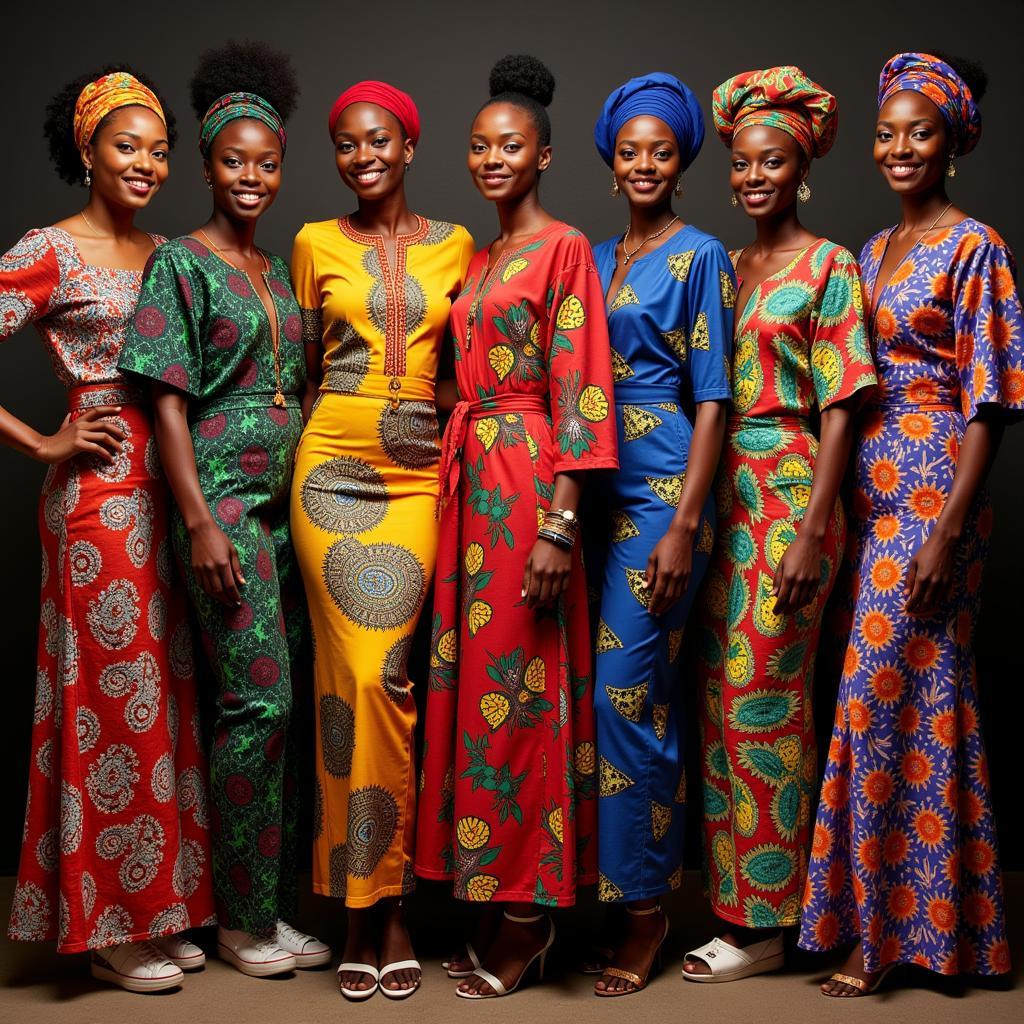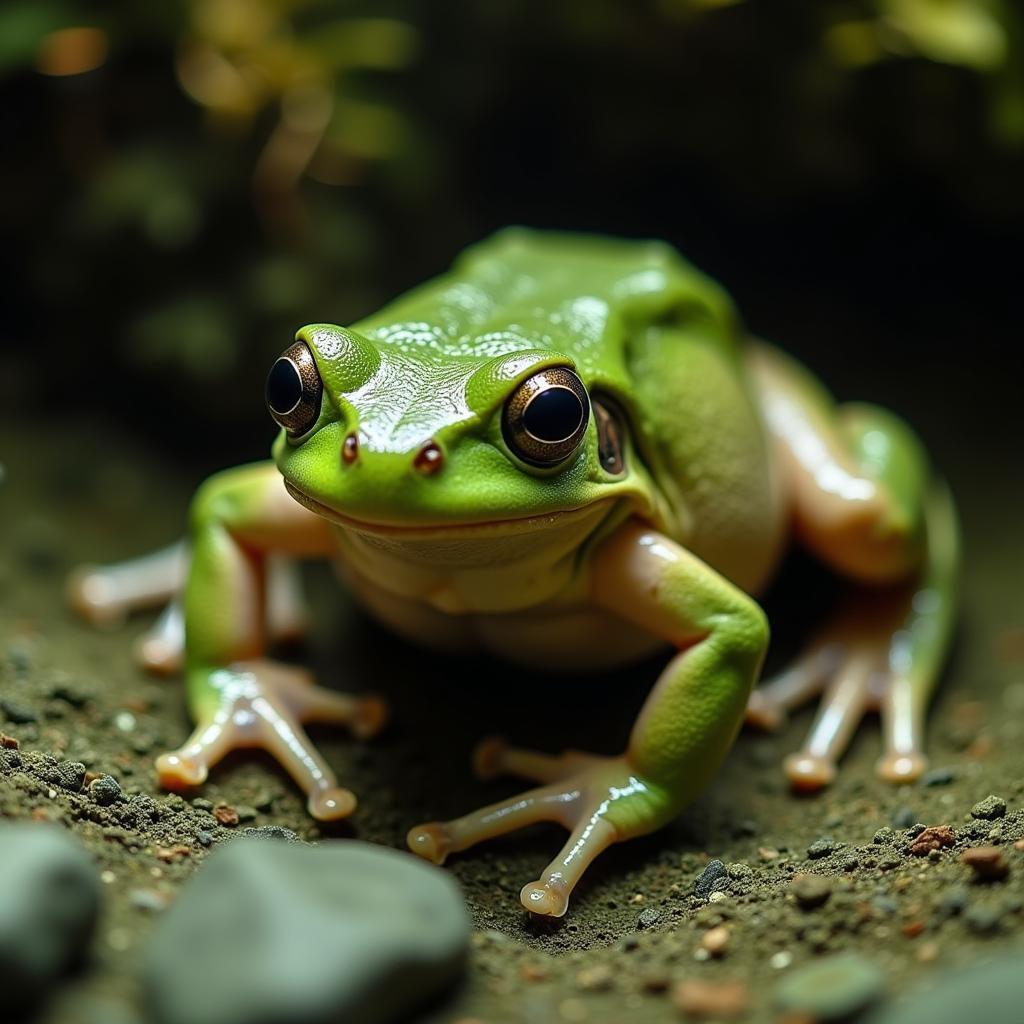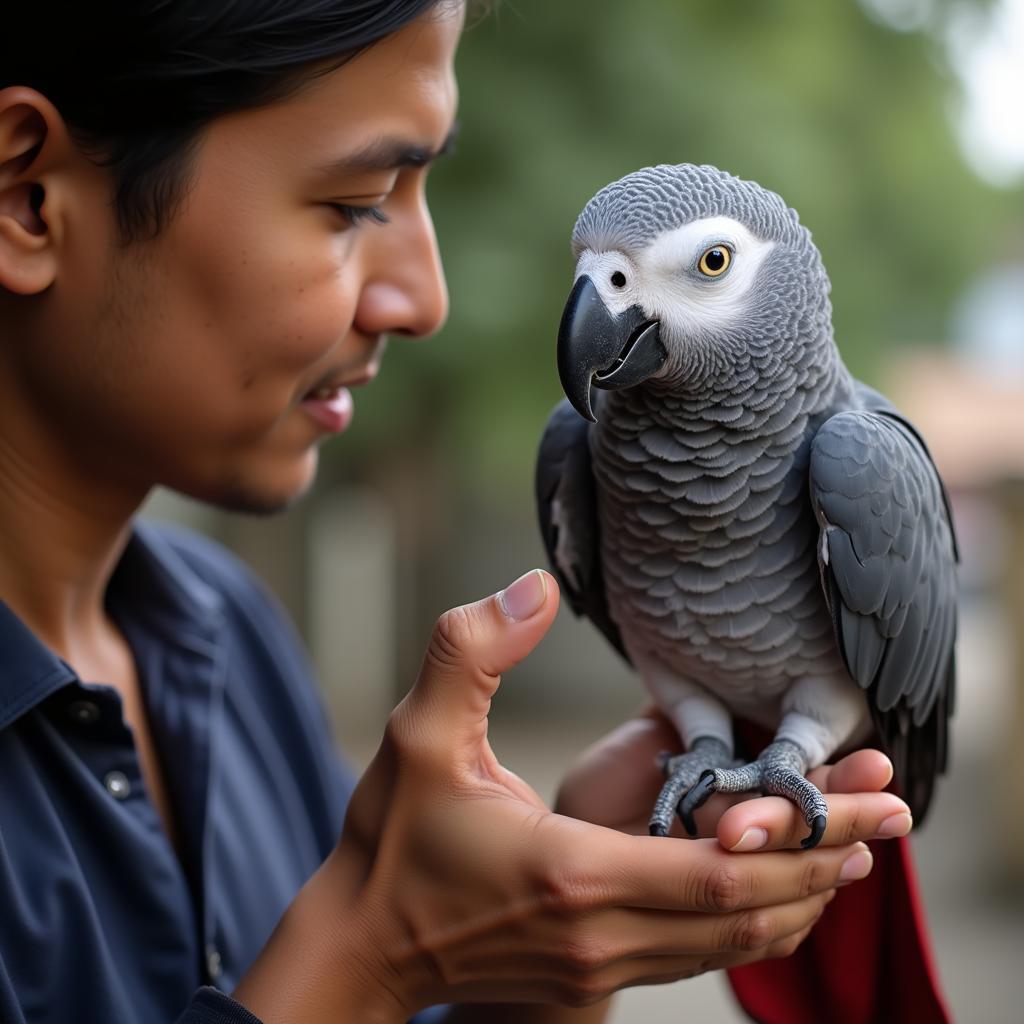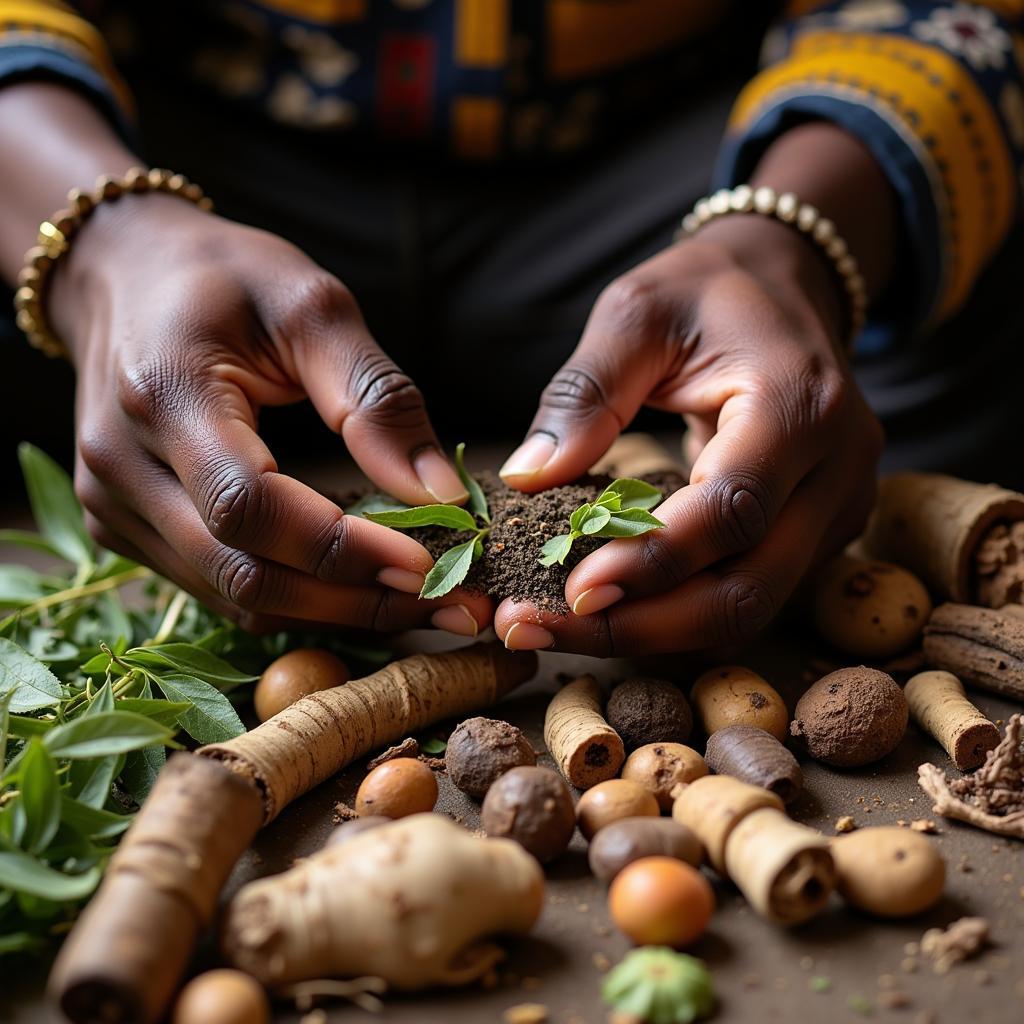The Power and Symbolism of African Dan Masks
The Dan people of Liberia and Ivory Coast are renowned for their intricate and powerful masks, known as Dan masks. These masks are not merely decorative objects but serve as crucial elements in religious ceremonies, social events, and even everyday life. They embody the spirits of ancestors, deities, and other mystical beings, acting as intermediaries between the human and supernatural realms. This article delves into the fascinating world of Dan masks, exploring their historical context, symbolic significance, and artistic craftsmanship.
A Glimpse into Dan Culture
The Dan people, also known as the Yacouba, are an ethnic group with a rich and vibrant cultural heritage. Their society is characterized by a strong belief in the spirit world and the importance of ancestors. Dan masks, central to their culture, are used in various rituals, from initiations to healing ceremonies.
The Symbolic Language of Dan Masks
Dan masks are not simply representations of faces; they embody abstract ideas and powerful forces. Each mask is a unique creation, carefully crafted to convey specific meanings and evoke particular emotions.
1. The Role of the Mask: Dan masks represent both the physical and spiritual realms. They serve as conduits for ancestral spirits, allowing them to communicate with the living.
2. The Power of the Mask: The masks are believed to possess immense spiritual power. They are often used in healing ceremonies, where they can ward off evil spirits and restore harmony.
3. Mask Styles and Their Meanings: Dan masks come in a wide array of styles, each with its own distinct symbolism. Some common types include:
- “Gbe” Masks: These large, elongated masks represent the spirits of ancestors. They are often adorned with elaborate headdresses and intricate carvings.
- “War” Masks: As their name suggests, these masks are used in war ceremonies. They typically have fierce expressions and are intended to intimidate enemies.
- “Mask Society” Masks: Certain masks are associated with specific groups, known as “mask societies.” These societies play a crucial role in maintaining social order and enforcing traditions.
The Craftsmanship of Dan Masks
The creation of a Dan mask is a meticulous and painstaking process. Carvers, often initiated into the craft, use traditional tools to shape the masks from wood. They then paint the masks with intricate designs using natural pigments and materials.
1. Woodcarving Techniques: Dan carvers are skilled in using adzes, knives, and chisels to create the basic form of the mask. They pay meticulous attention to detail, ensuring that every curve and line is perfectly executed.
2. The Power of Decoration: Once the mask is carved, it is decorated with intricate designs using natural pigments like charcoal, iron oxide, and kaolin clay. These designs often depict geometric patterns, animal motifs, and symbolic figures.
3. The Significance of Materials: The materials used in the creation of Dan masks hold deep cultural significance. Wood, for instance, is believed to be a sacred material, imbued with the spirits of the forest.
The Legacy of Dan Masks
Dan masks are an integral part of the cultural identity of the Dan people. They are a powerful reminder of their history, beliefs, and artistic traditions. The masks have also captured the attention of art collectors and scholars worldwide, gaining recognition for their beauty and cultural significance.
1. Preserving Tradition: The creation of Dan masks is a living tradition that continues to be passed down from generation to generation. This ensures that the art form remains vibrant and relevant.
2. The Global Impact of Dan Masks: Dan masks have been exhibited in prestigious museums and galleries around the world, introducing a global audience to the rich cultural heritage of the Dan people.
The Continued Relevance of Dan Masks
Despite modernization and globalization, Dan masks remain an essential part of Dan culture. They continue to play a vital role in rituals, festivals, and everyday life. The masks are not just objects of art; they are living expressions of the Dan people’s spirituality, history, and traditions.
FAQ
1. What are the main types of Dan masks?
Dan masks come in a variety of types, including “Gbe” masks (representing ancestors), “War” masks (used in war ceremonies), and “Mask Society” masks (associated with specific groups).
2. What is the significance of the decorations on Dan masks?
The decorations on Dan masks are often symbolic and represent specific ideas or beliefs. They might include geometric patterns, animal motifs, and figures that represent deities or spirits.
3. How are Dan masks used in everyday life?
Dan masks are used in a variety of ways, including in religious ceremonies, social events, and even as decorative objects in homes.
4. Where can I see Dan masks?
You can see Dan masks in museums and galleries around the world, including the Metropolitan Museum of Art in New York, the British Museum in London, and the Musée du Quai Branly in Paris.
5. How are Dan masks being preserved?
The creation of Dan masks is a living tradition that is being passed down from generation to generation. This ensures that the art form remains vibrant and relevant.



